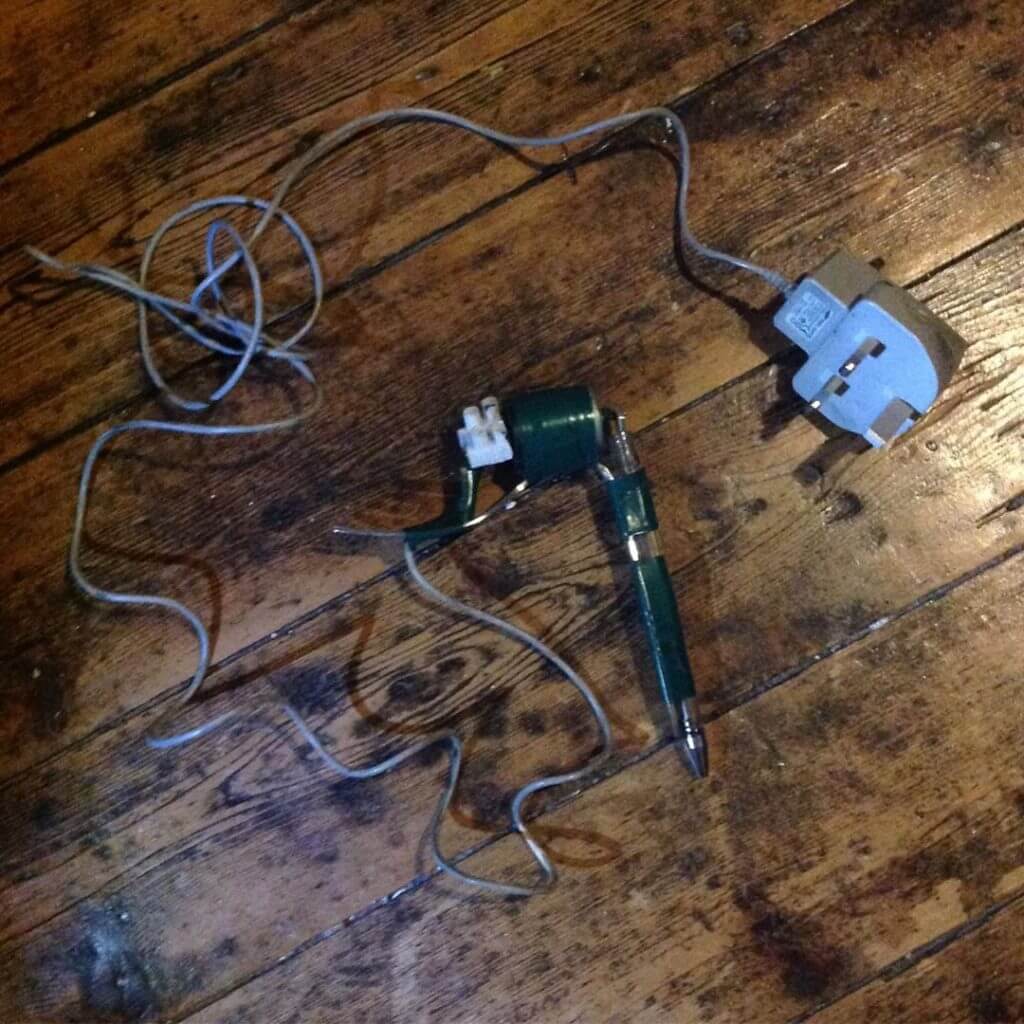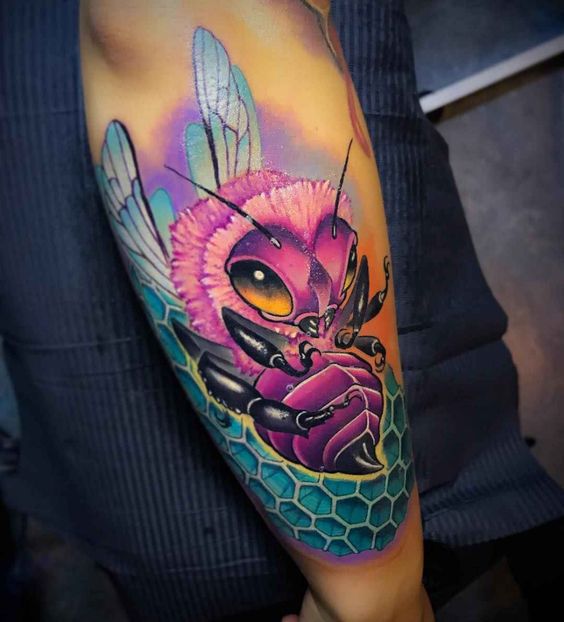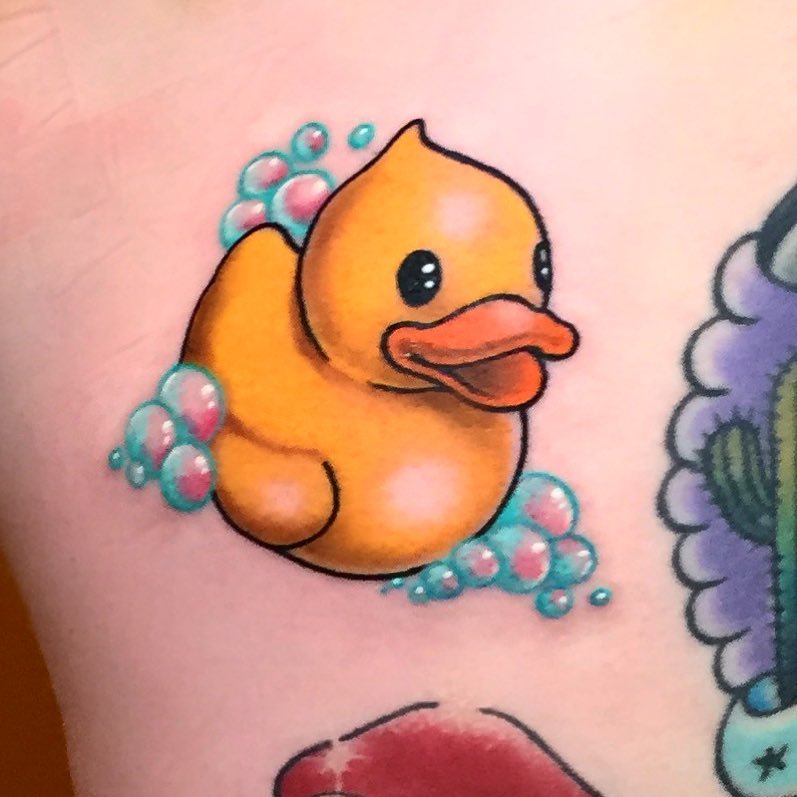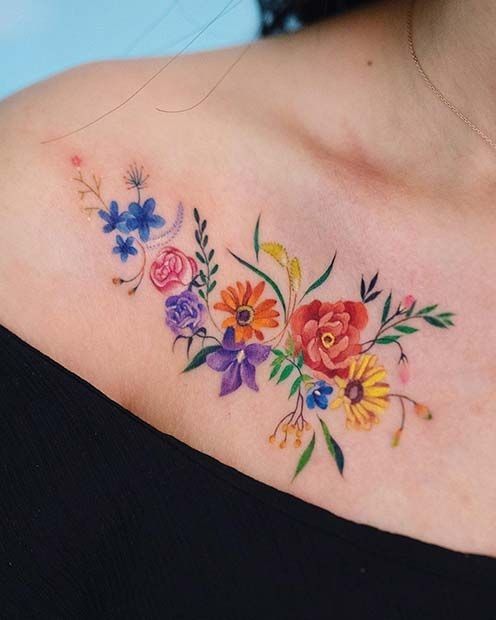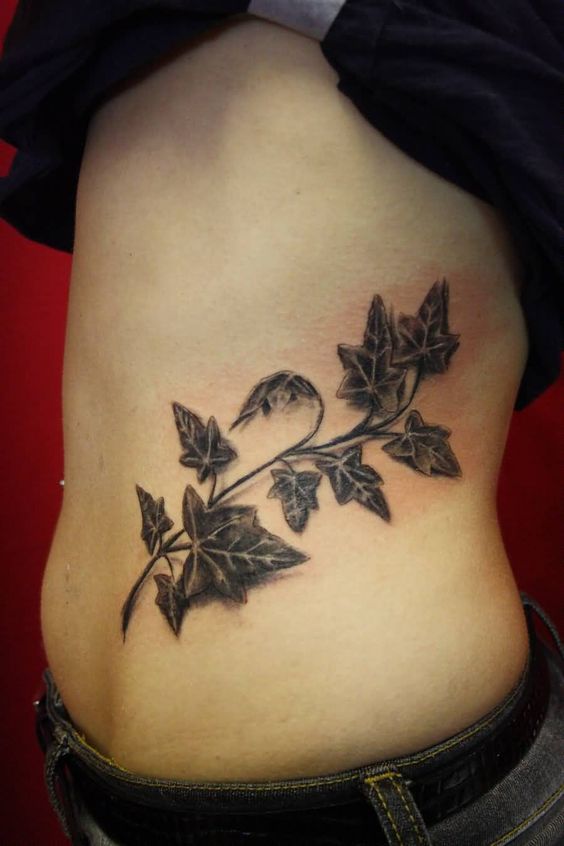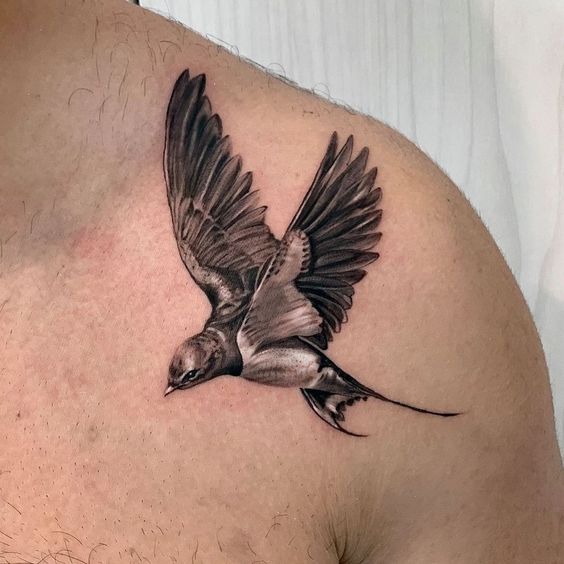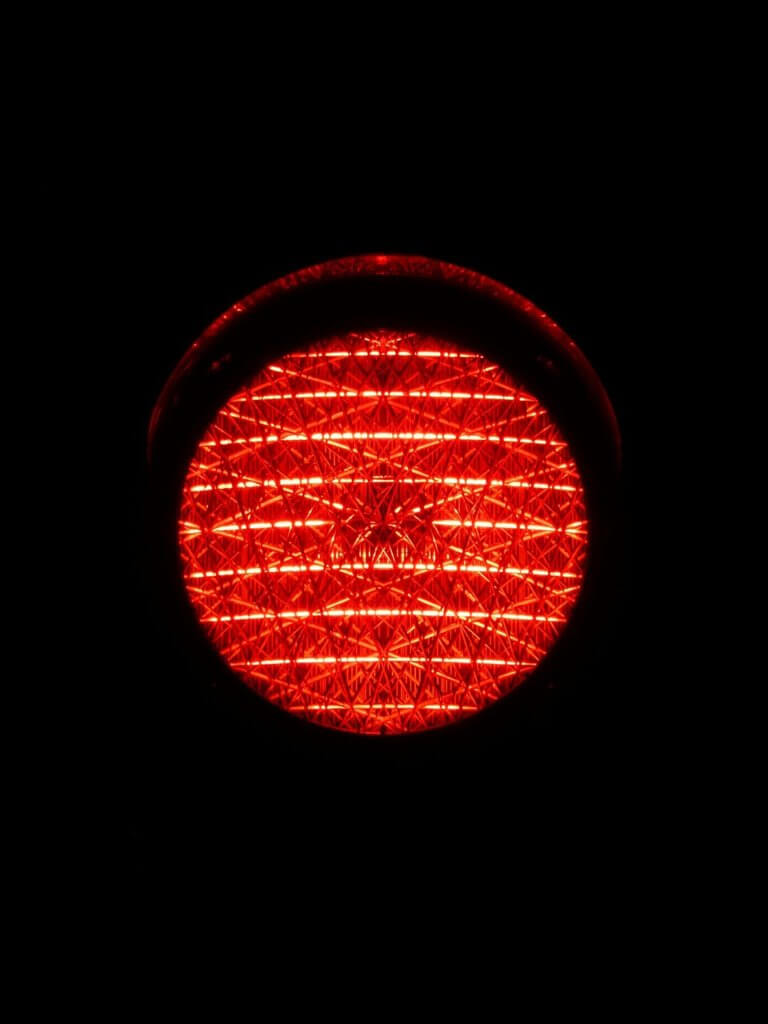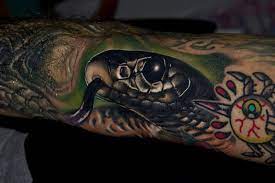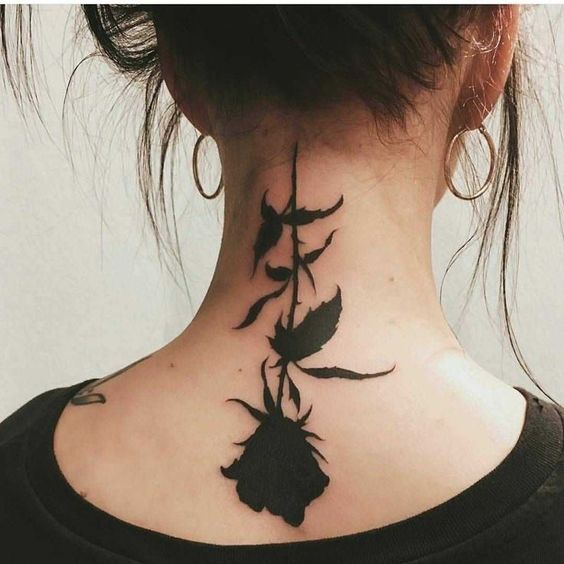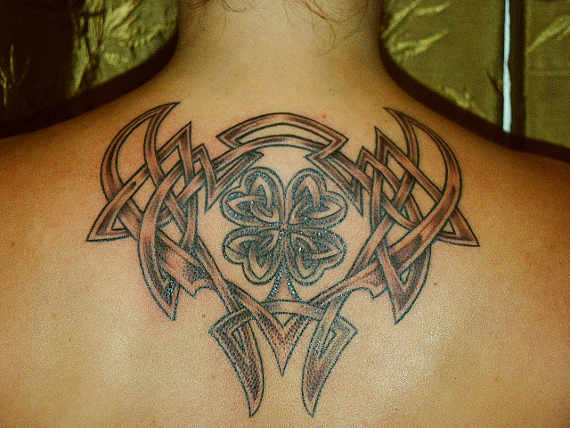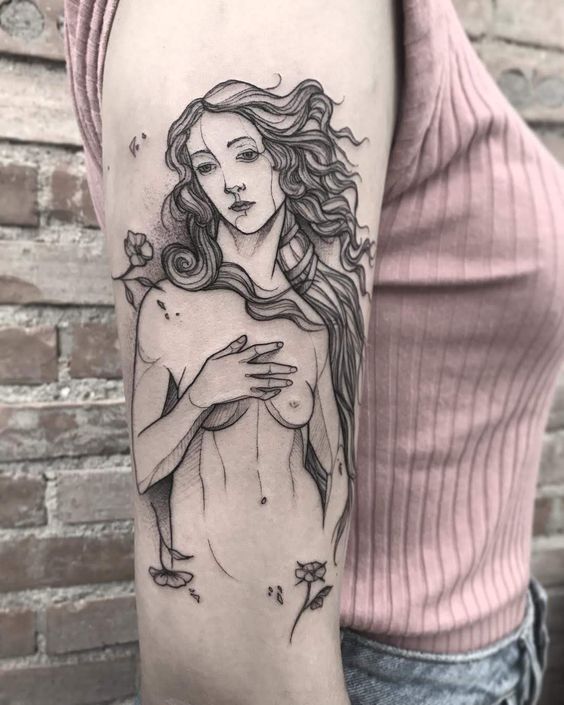Tattoos have become increasingly common these days, leading to a variety of tattoo application techniques. A tattoo typically consists of pictures or markings like letters and symbols, applied by injecting ink into the outer layer of skin using a needle. This needle, fastened to a tattoo gun, moves rapidly up and down to puncture the skin easily.
Tattoo guns vary significantly, with many incorporating a sharp needle. Guns using multiple needles, though less precise, exist alongside the more common single-needle guns used primarily for tattooing. Artists must change these needles after each session to avoid infections from reused, unsterilized needles.
“Jailhouse tattoos,” often found in prisons, arise from homemade tattoo guns, usually crafted from ink pens and batteries as needle substitutes. Their unsafe creation process frequently leads to infections, as these guns tend to inject ink too deeply, damaging the skin. The resulting tattoos, often poorly executed, can look unsightly and risk serious infection, especially when ink reaches the skin’s third layer. Therefore, avoiding jailhouse tattoos is advisable.
Color plays a crucial role in tattoo aesthetics, with black and white being the most common choices. However, a wide range of colors can enhance a tattoo’s appearance, provided the size and color balance harmonize with the body.
Technically speaking, tattoo application involves micro pigment implantation. While tattoos serve decorative and symbolic purposes and have a long history, traditional methods using everyday needles and ink posed a high infection risk. Despite their popularity, all tattooing methods carry some infection risk.
The most popular tattooing method today employs electronic tattoo machines. These machines, equipped with a needle bar, rapidly penetrate the skin thousands of times per minute. Such technology allows for stunning tattoo creations, particularly in the hands of experienced tattoo artists, who can turn tattoos into true masterpieces.
